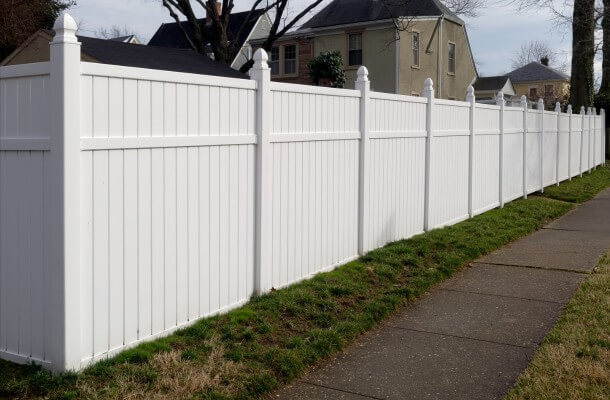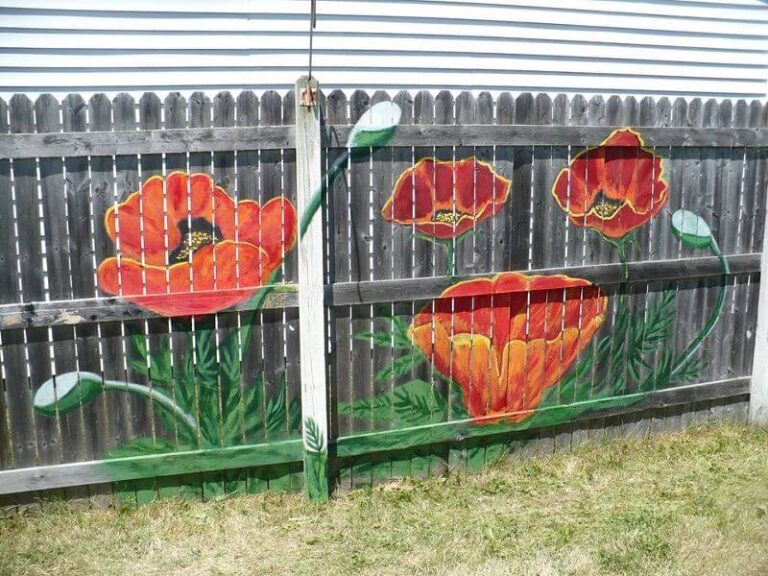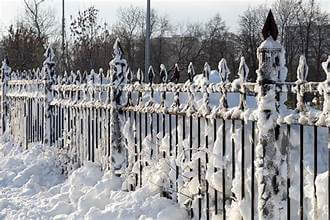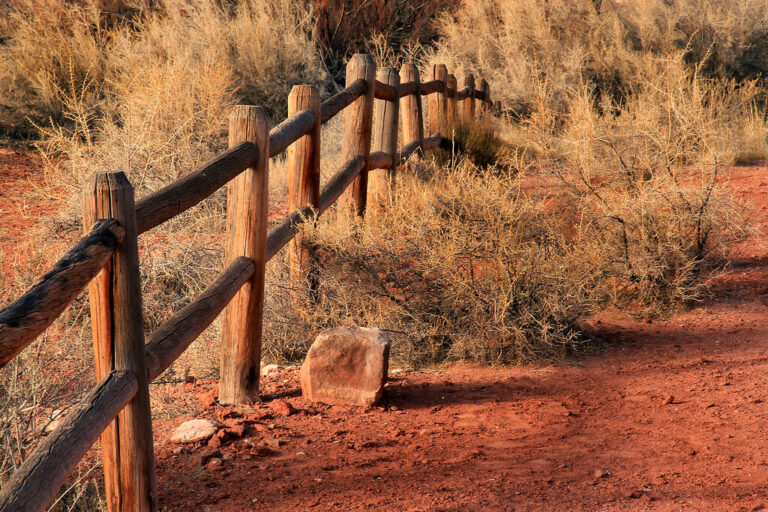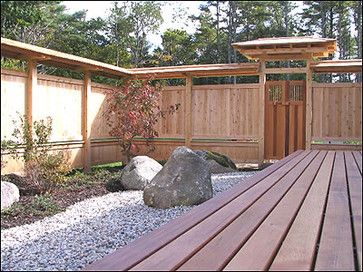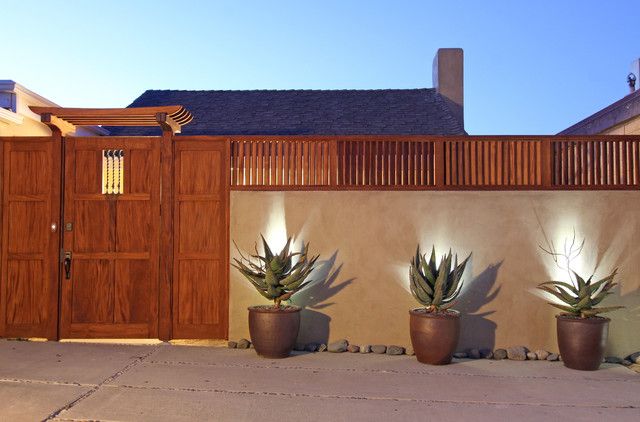Adding or replacing a fence is a major project but a worthwhile investment for enhancing your property’s beauty, privacy and security.
Two of the most popular fencing materials are vinyl and wood. But is vinyl or wood fencing better for your home?
There are pros and cons to both vinyl and wood fencing to consider before deciding which is better suited for your needs and preferences.
Pros of Vinyl Fencing
Vinyl, also known as PVC fencing, has become increasingly popular in recent years due to several beneficial properties:
Durability and Low Maintenance
Vinyl is highly resistant to rotting, cracking and insect damage. It doesn’t require painting or staining.
Vinyl fencing remains looking new for years with occasional cleaning. This makes vinyl a very low maintenance fencing option.
Affordability
Vinyl fencing is generally less expensive than wood privacy fences. The average installed cost of vinyl is $15 to $35 per linear foot while wood is $25 to $45 per linear foot. Vinyl’s longevity offsets its upfront cost.
Variety of Styles and Colors
Vinyl fencing is available in a wide range of styles from privacy to picket designs. It also comes in many colors beyond basic white, including black, gray, tan and even colors like green. This allows for customization to suit your home.
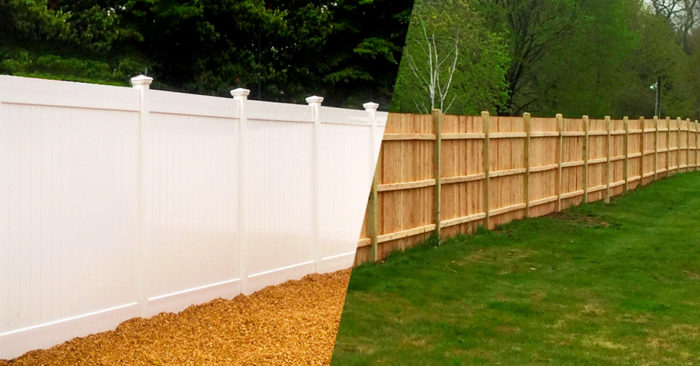
Cons of Vinyl Fencing
While vinyl has its perks, it also comes with some downsides:
Can Look Artificial
The plastic polymer material of vinyl can sometimes look obviously artificial and lacks natural character. The uniform color and plastic appearance doesn’t always complement landscaping.
Not as Sturdy as Wood
Vinyl fencing lacks the strength and rigidity of wood. It can sag over time, especially in extremely hot weather. Wind and storms also more easily damage vinyl fences.
Not Environmentally Friendly
PVC or vinyl is made from toxic chemicals and plastic polymers. Its production and disposal contribute to pollution. Vinyl fences cannot be recycled while wood is biodegradable and renewable.
Pros of Wood Fencing
Now let’s look at the many benefits of wood fencing:
Natural Beauty and Character
The natural grain patterns and textures of woods like cedar and redwood are aesthetically pleasing. Wood has an organic warmth and timeless elegance vinyl lacks.
Sturdiness and Strength
Properly constructed wood fences are very solid, durable and long-lasting. The inherent rigidity of wood makes it more resilient against high winds and storms.
Environmentally Sustainable
Wood is a renewable and biodegradable material when sourced from responsibly managed forests. Using reclaimed wood is also an eco-friendly fencing option.
Cons of Wood Fencing
Wood isn’t perfect either and has some disadvantages:
Requires Regular Maintenance
Unlike vinyl, wood fences need periodic staining, sealing or painting every 2-5 years to protect from weathering. This maintenance is critical but adds costs.
Higher Upfront Cost
Wood fencing is typically more expensive to purchase and install than vinyl. Redwood or cedar cost $15-20 per linear foot while pressure-treated pine is cheapest at $10-12 per foot.
Prone to Rotting and Insect Damage
Wood can become warped, cracked and discolored without proper maintenance. It’s also susceptible to termite damage and wood rot without preventative measures.
Key Differences Between Vinyl and Wood Fencing
Let’s quickly recap the major differences between vinyl and wood fencing:
Initial Cost
- Vinyl is cheaper upfront at $15-35 per linear foot installed.
- Wood costs more initially at $25-45 per linear foot installed.
Maintenance Requirements
- Vinyl is virtually maintenance-free for 10-15 years.
- Wood requires staining/sealing every 2-5 years.
Durability and Longevity
- Vinyl lasts 10-15 years on average.
- Wood lasts 15-30 years when properly maintained.
Aesthetic Appeal
- Vinyl looks uniform but can appear artificially plastic.
- Wood offers natural beauty, varied textures and character.
Environmental Impact
- Vinyl is made of PVC, which is not environmentally friendly.
- Sustainably sourced wood is biodegradable and renewable.
Choosing Between Vinyl and Wood Fencing
When deciding whether wood or vinyl fencing is right for your yard, think about these key factors:
Assess Your Budget
Vinyl is the cheaper option upfront but consider lifetime costs and durability. Spend more initially on quality wood fencing that lasts decades.
Consider Aesthetics and Overall Look
Do you prefer the natural elegance of real wood? Or want minimal maintenance combined with color choices vinyl provides?
Evaluate Maintenance Requirements
Vinyl is virtually maintenance-free while wood needs re-staining and sealing every few years. Consider the time/costs.
Determine Durability Needs
Both offer good durability. Vinyl resists moisture damage better but wood has more inherent strength against winds and impact.
Weigh Environmental Impact
Wood is the more eco-friendly choice while PVC vinyl has higher carbon footprint. But vinyl can be recycled.
Get Quotes and Professional Guidance
Talk to a reputable fencing company in San Mateo, CA to determine pricing and get their recommendations for your specific property and needs.

FAQs About Vinyl and Wood Fencing
What is cheaper, vinyl or wood fencing?
Vinyl fencing is generally cheaper upfront than wood. Vinyl costs $15-35 per linear foot installed compared to $25-45 per foot for wood. However, wood that’s properly maintained can last 2-3 times longer.
Does vinyl fencing look cheap?
While vinyl resists weathering, its artificial uniform appearance can look obviously synthetic. But quality vinyl with realistic wood-grain textures looks great and avoids maintenance.
Does vinyl fencing fade or discolor?
Quality vinyl is highly colorfast and UV-resistant. It retains its original color for 10-15 years in most climates without fading. Heat and sun exposure can make it brittle over time.
Is vinyl fencing better than wood?
There is no definitively “better” option. Vinyl is cheaper initially and needs little maintenance but wood provides natural beauty. Choose based on aesthetics, cost, durability and eco-factors that matter most to you.
Is wood fencing high maintenance?
Wood fencing does require periodic maintenance like re-staining every 2-5 years. But this process is relatively easy DIY. Quality wood also lasts up to 30 years with proper care.
Does wood fencing last longer than vinyl?
On average, vinyl lasts 10-15 years while quality wood that’s regularly maintained can last up to 30 years. So wood generally outlasts vinyl in the long run with proper upkeep.
Conclusion
When choosing fencing materials for your yard, weigh the pros and cons of both vinyl and wood. Key considerations are upfront cost, longevity with maintenance, aesthetics, durability against winds and impact, and eco-friendliness.
Talk to fencing specialists to determine pricing and get recommendations for your specific home and needs.
While vinyl is cheaper initially and needs little maintenance, wood provides lasting natural elegance with periodic upkeep.
Take your budget, design preferences and lifestyle into account when deciding if wood or vinyl fencing is the better choice to enhance your property.

